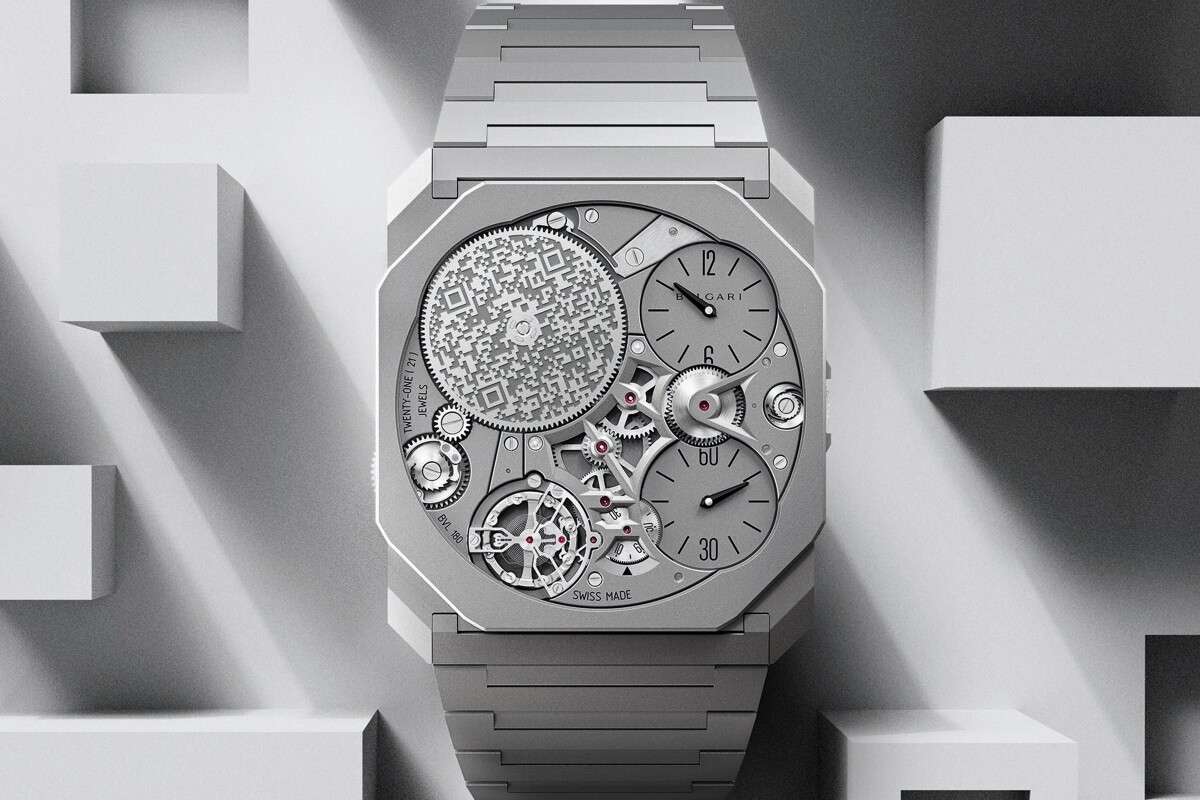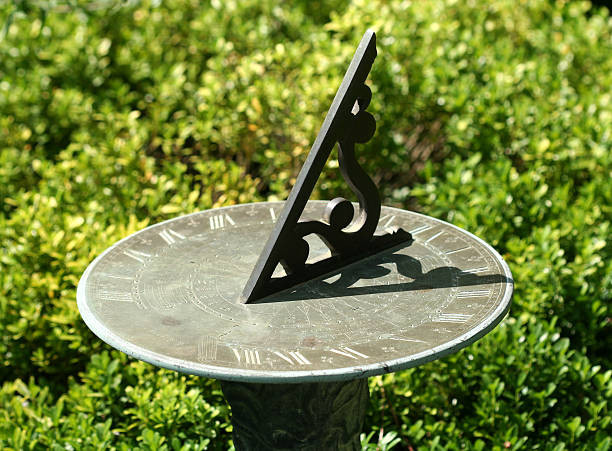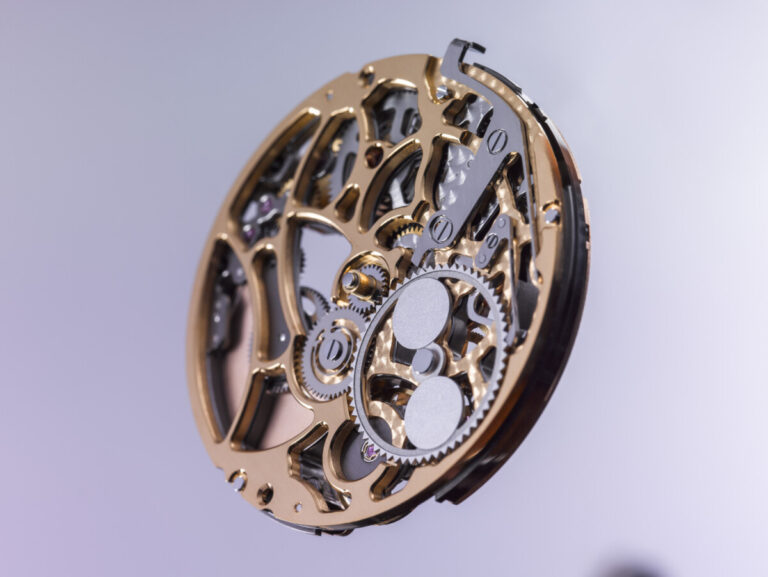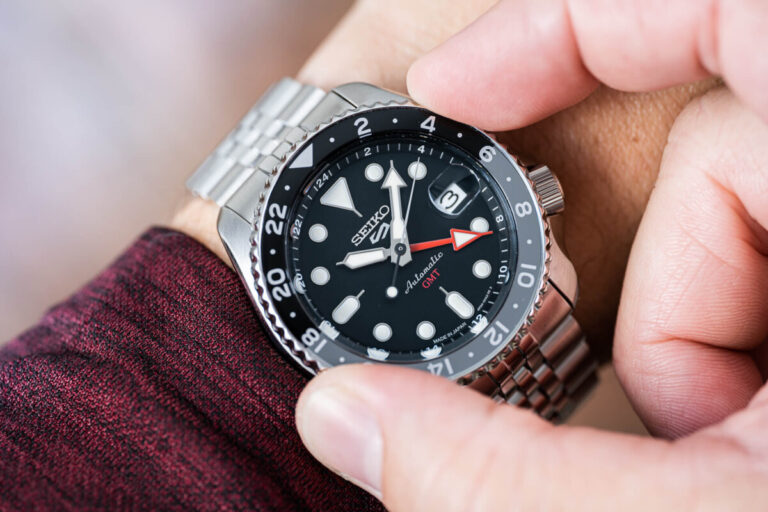Embarking on an exploration of the world of luxury timepieces can be a captivating journey, often described as a rabbit hole due to its depth and intricacies. As a watch enthusiast, one of the earliest realizations that piqued my curiosity was noticing differences in the motion of watch hands, distinguishing between mechanical and quartz watches. This revelation marked the beginning of a deeper dive into the fascinating realm of horology.
The Difference Between Quartz and Mechanical Watches
Before delving into the nuances of mechanical and automatic watches, it’s essential to understand the fundamental distinction between quartz and mechanical timepieces.
Quartz Watches: These watches operate through the use of a battery, which sends an electrical current through a quartz crystal, causing it to vibrate at a precise frequency. This vibration is then translated into the movement of the watch hands, providing accurate timekeeping.
Mechanical Watches: In contrast, mechanical watches utilize a spring mechanism for power. As the spring slowly unwinds, a series of gears and wheels drive the hands around the dial, offering a more traditional and mechanical approach to timekeeping. The intricate inner workings of these watches are often visible through a transparent case back, adding an element of visual appeal and fascination.
Are Mechanical and Automatic Watches the Same?
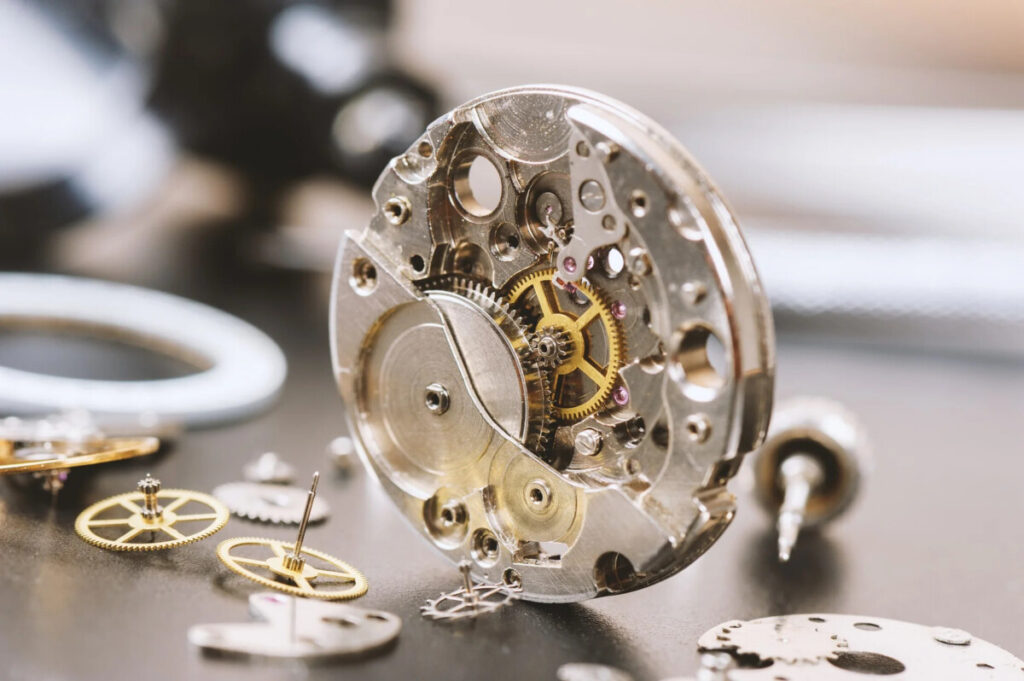
While both are categorized as mechanical watches, there is a distinct difference between manual-wind and automatic varieties.
Automatic Watches: These timepieces feature a self-winding mechanism that harnesses the motion of the wearer’s wrist to keep the watch wound and running. As a result, they do not require manual winding on a daily basis, providing a level of convenience for those with an active lifestyle.
Manual Winding Watches: On the other hand, manual winding watches require regular winding via the crown by the wearer to maintain their operation and accuracy. This process involves rotating the crown to tighten the mainspring, which stores the energy required to power the watch’s movement.
The Difference Between a Mechanical and Automatic Watch
The key disparity between mechanical and automatic watches lies in the winding mechanism. While mechanical watches necessitate manual winding, automatic watches rely on the wearer’s wrist motion for self-winding. This distinction influences the daily maintenance required for each type of watch, with automatic watches offering greater convenience in terms of winding.
What Is Best, Mechanical or Automatic?
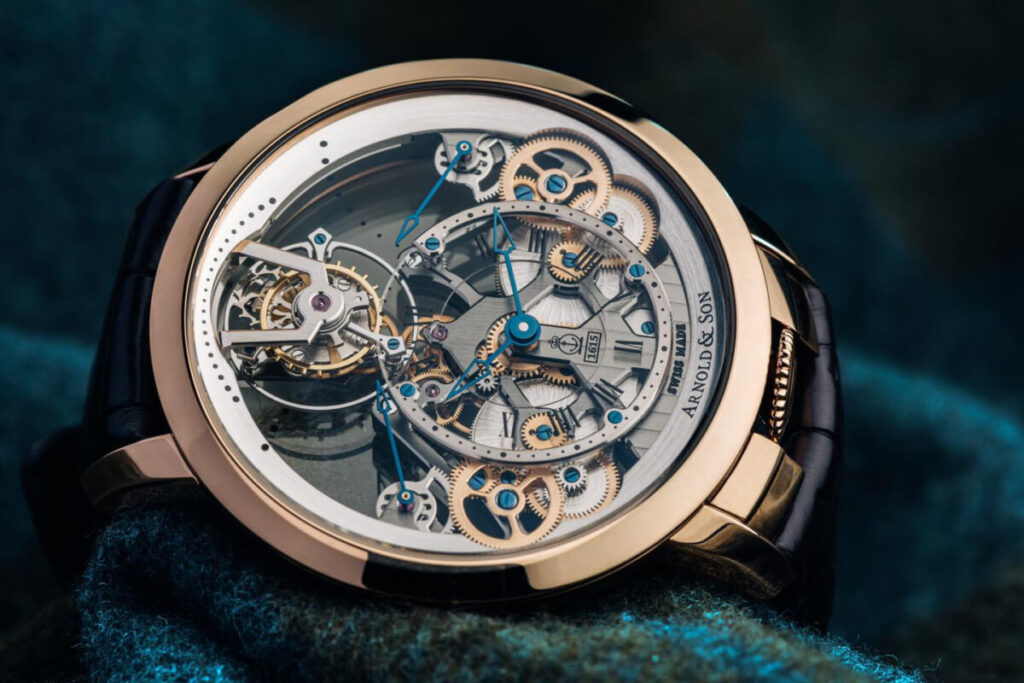
When it comes to choosing between a mechanical or automatic watch, there is no definitive “best” option. Both types have their unique advantages and appeal, catering to different preferences and lifestyles.
Advantages of Automatic Watches: Automatic watches are often favored for their accuracy, as the self-winding mechanism ensures consistent power delivery. Additionally, they offer the convenience of not needing daily winding, making them an ideal choice for those with active lifestyles or those who may occasionally forget to wind their watch.
Appeal of Manual Winding: Many watch enthusiasts, however, appreciate the ritual of manually winding their timepiece each day. This simple act fosters a deeper connection with the watch and allows for the admiration of its intricate movement. The process of winding can be seen as a form of mechanical meditation, slowing down amidst the fast-paced nature of modern life.
Mechanical Watch vs Automatic – How To Choose?
Ultimately, the choice between a mechanical or automatic watch boils down to personal preference and lifestyle considerations. The allure of mechanical watches lies in their craftsmanship and traditional approach to timekeeping, which often involves meticulous handcrafting and attention to detail.
Investing in a mechanical watch can be seen as embracing the rich history and heritage of traditional watchmaking, offering a tangible connection to the artistry of horology. For those who value the tactile experience and appreciate the intricate inner workings of a mechanical movement, a manual-wind watch may be the perfect choice.
On the other hand, automatic watches cater to a more modern and active lifestyle, offering the convenience of self-winding and reducing the need for daily maintenance. If you lead a busy life and value practicality, an automatic watch may be the more suitable option.
Pros and Cons
To further aid in your decision, let’s explore the pros and cons of manual winding and automatic watches.
Manual Winding:
Pros:
- Fosters a deeper connection with the watch
- Allows for the appreciation of the intricate movement
- Offers a sense of involvement in the timekeeping process
Cons:
- Requires regular winding, typically once every 24-36 hours
- Carries the risk of overwinding if not done carefully
Automatic:
Pros:
- Provides convenience with self-winding mechanism
- Ideal for those with active lifestyles
- Reduces the need for daily winding
Cons:
- Tends to be slightly more expensive than manual-wind watches
- May require occasional manual winding if the watch is not worn frequently
Conclusion
As I’ve explored the intriguing world of mechanical and automatic watches, I’ve come to appreciate the unique characteristics and appeal of each. The decision ultimately boils down to personal preference, with factors such as tradition, craftsmanship, and lifestyle considerations playing a significant role.
Whether opting for manual winding or automatic, selecting a timepiece that aligns with your individual preferences and needs is essential for a satisfying ownership experience. Embrace the journey, immerse yourself in the rich history of watchmaking, and let your timepiece become a cherished companion that not only tells time but also tells a story.

